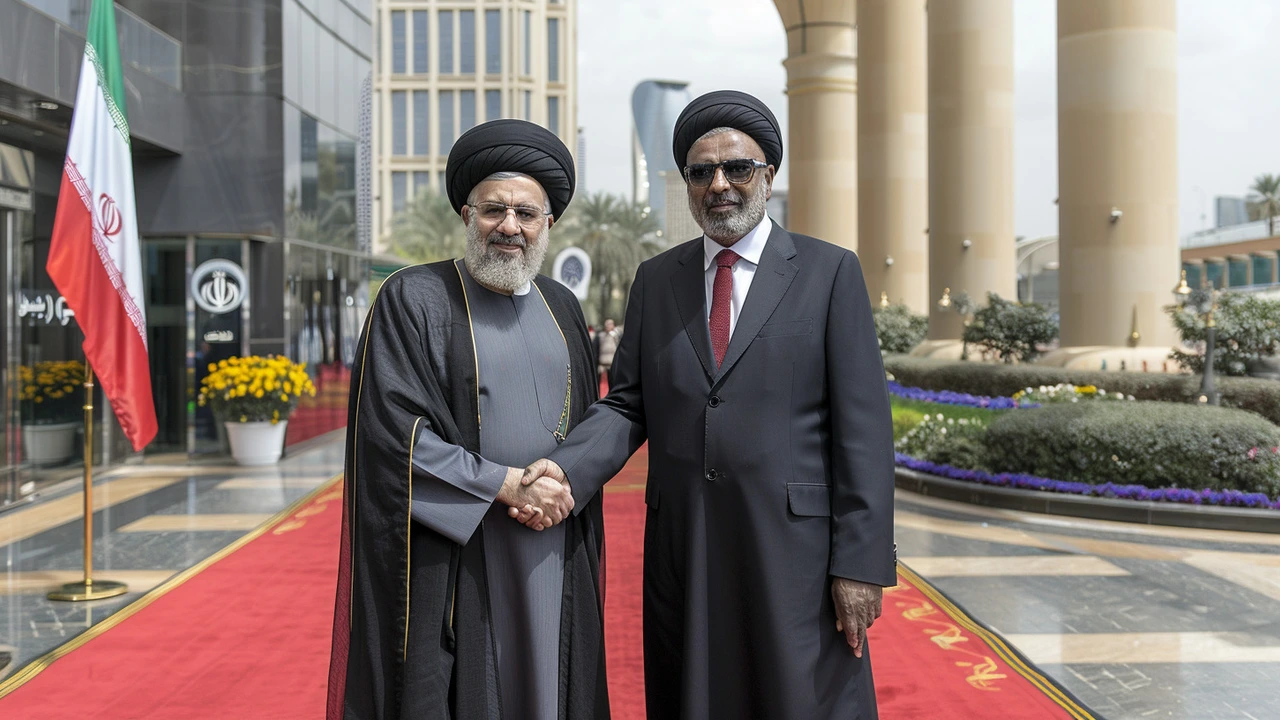
President Raisi's Lasting Impact on Iran-Kenya Relations
The tragic demise of Iranian President Ebrahim Raisi on May 20, 2024, following a helicopter crash in northwestern Iran, has left a significant mark on both his nation and the international community. Among his notable contributions was his diplomatic outreach to Kenya, where he, alongside President William Ruto, forged numerous Memoranda of Understanding (MoUs) on July 12, 2023, aiming to strengthen bilateral relations between Iran and Kenya. These agreements encompass several critical sectors, underlining a vision for mutual development and cooperation.
Strengthening Agricultural Ties
A significant portion of the MoUs focused on bolstering the agricultural sectors of both nations. Recognizing Kenya’s strong agricultural base, President Raisi engaged in discussions geared towards enhancing agricultural productivity and sustainability. The agreements addressed areas like livestock management and crop production, aiming to facilitate the exchange of agricultural technologies and practices. In a bid to reinforce food security and productivity, these MoUs also encompassed areas of research and development in agricultural practices, ensuring that both nations benefit from shared knowledge and expertise.
Kenya's Agricultural Exports and Iran's Commitments
President Ruto secured Iranian support for the export of Kenyan agricultural products such as tea, meat, and a variety of other produce. This collaboration not only promised to open up the Iranian market to Kenyan goods but also aimed at leveraging Iran as a gateway for Kenyan exports to Central Asian countries. This aspect of the MoUs envisions a significant boost to Kenya’s export economy, providing local farmers and producers with expanded markets and opportunities for growth.
Innovation and Technology Advancements
The partnership between Iran and Kenya also took a progressive stride in the realm of information, communication, and technology (ICT). One of the standout components of this collaboration is the establishment of the Iran House of Innovation and Technology in Kenya. This initiative aims to support young Kenyan innovators, providing them with the resources and platforms needed to build and grow startups. The exchange of technological know-how and innovation between the two countries is expected to foster a dynamic entrepreneurial environment, enabling innovative solutions to local and global challenges.
Technical and Vocational Education Training (TVET)
Education and skill development formed another critical pillar of the MoUs. The agreements articulated a shared vision for the construction of additional Technical and Vocational Education Training (TVET) centers. These institutions are expected to play a pivotal role in enhancing educational exchanges, offering consultancy opportunities, and developing a skilled workforce capable of addressing future economic demands. These educational initiatives underscore the commitment to human capital development as a cornerstone of sustainable growth.
Trade and Investment Ventures
The bilateral agreements also broke new ground in trade and investments. Among the most ambitious plans was Iran’s interest in establishing a motor vehicle assembly plant in Mombasa County. This venture is anticipated to create numerous jobs, stimulate local industries, and pave the way for Kenya to become a crucial player in the automotive sector in the region. Additionally, the investment underscores the potential for long-term economic collaboration, emphasizing the importance of industrial diversification and development.
Blue Economy and Fisheries Research
The domain of fisheries was another focal point in the discussions between Raisi and Ruto. Kenya welcomed Iranian support in exploring and harnessing its blue economy potential. Collaborative research into the fishing industry aims to optimize resource utilization and ensure sustainable practices. By bringing in Iranian expertise, the MoUs aimed to boost Kenya’s capacity in areas such as marine fisheries, aquaculture, and coastal resource management, reflecting a shared commitment to environmental sustainability.
Heritage, Culture, and Urban Development
Beyond the economic and technological realms, the signed agreements also touched on cultural and heritage preservation. Both nations agreed to share and promote their rich cultural heritages, exploring avenues for cultural exchange programs and joint heritage conservation projects. These initiatives underscore the importance of cultural diplomacy in fostering mutual understanding and respect between the two nations.
Housing and Urban Development Initiatives
Urban development and housing were key elements of the signed MoUs, with Iran expressing a keen interest in supporting Kenya’s urban planning initiatives. The collaboration envisioned not only the construction of affordable housing units but also the development of urban infrastructure that aligns with sustainable living standards. Such initiatives are expected to address Kenya’s housing challenges and contribute to well-planned urban growth.
The Path Forward
The agreements signed by the late President Raisi and President Ruto symbolize a robust framework for future cooperation across multiple domains. They reflect a shared vision for sustainable development, mutual prosperity, and enhanced bilateral relations between Iran and Kenya. As both nations move forward, these MoUs serve as a lasting legacy of Raisi’s diplomatic engagements, fostering a future of collaboration and shared growth.

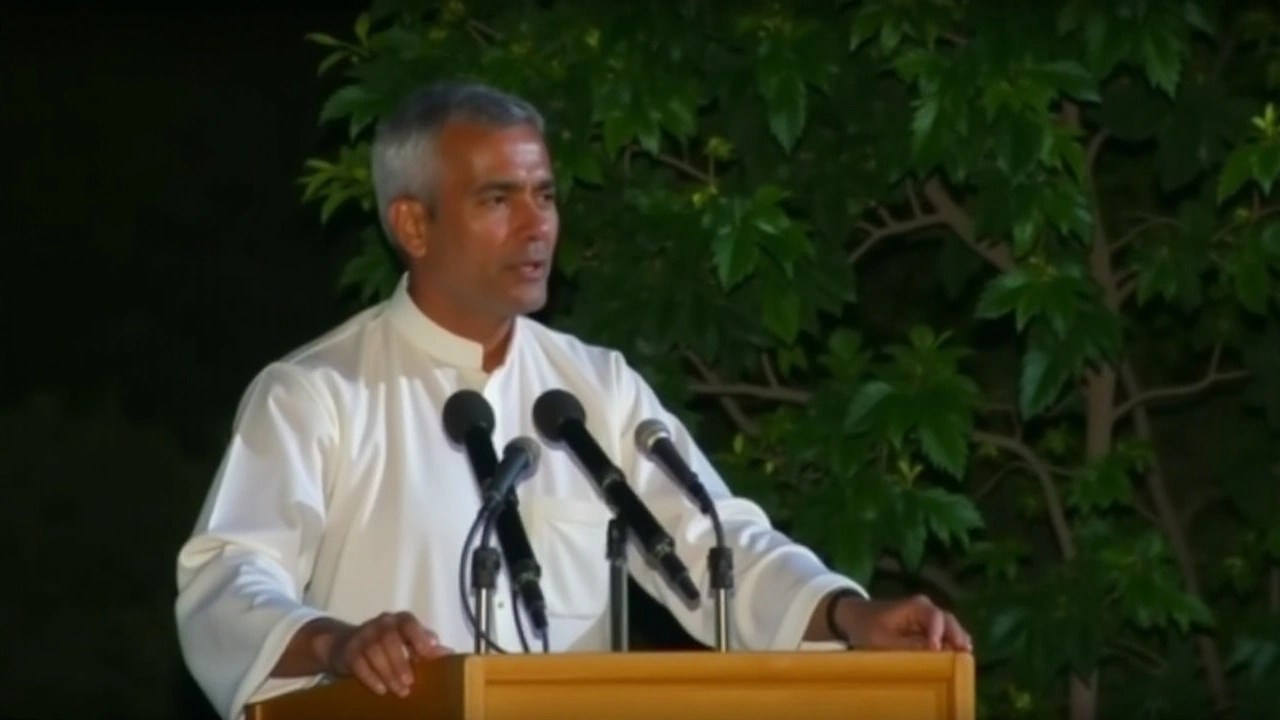

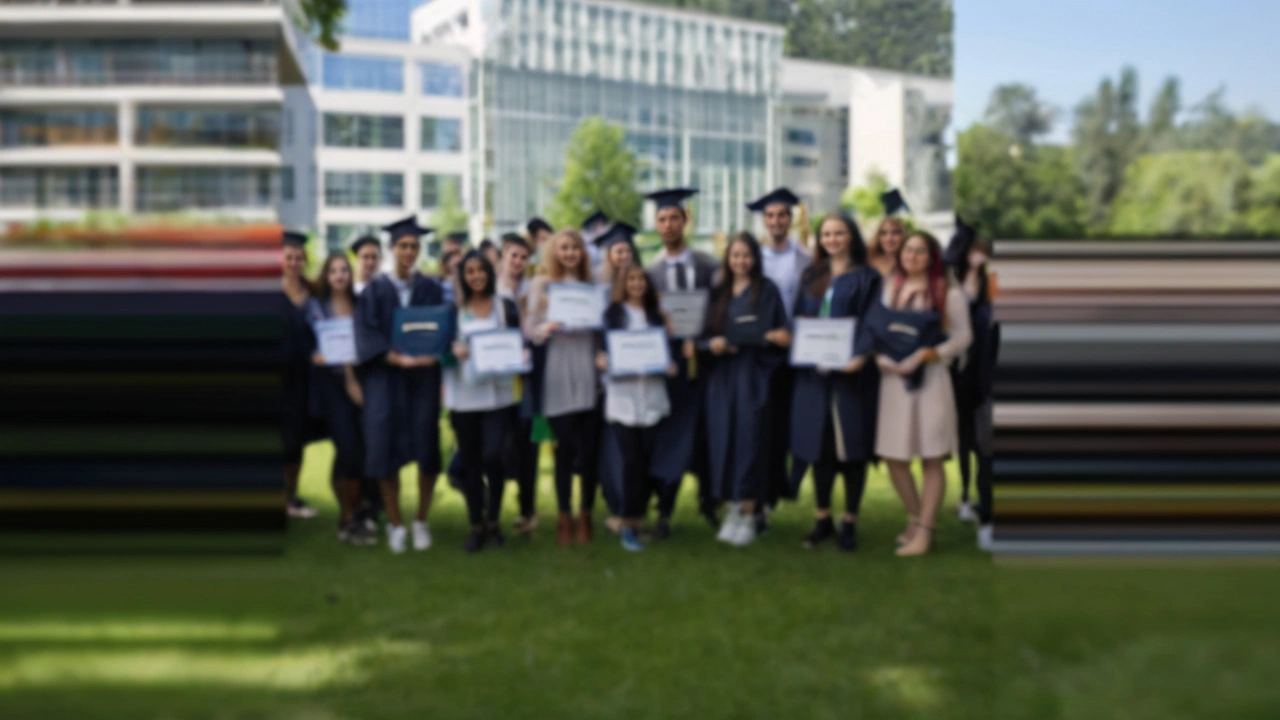
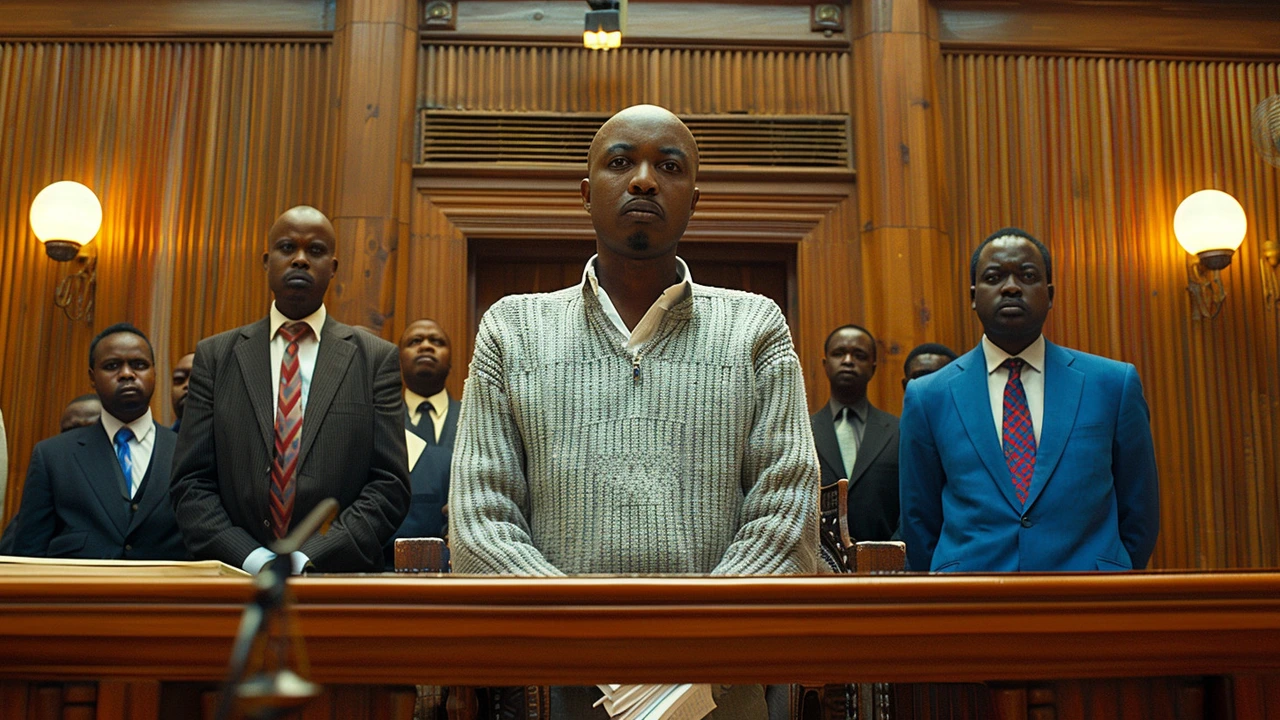
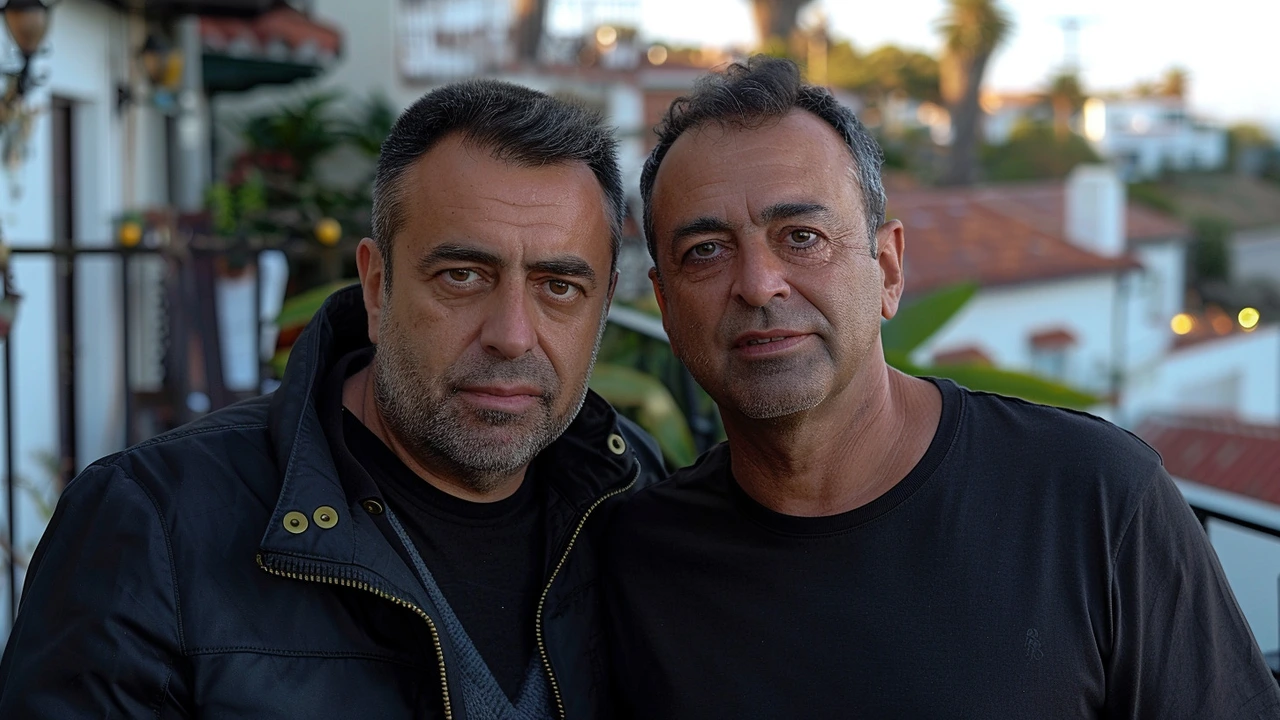
Sandeep KNS
May 21, 2024 AT 19:25One might argue that the sheer volume of memoranda demonstrates a commendable ambition, yet the pragmatic implementation remains conspicuously absent; a classic case of grandiloquent diplomacy, indeed.
Mayur Sutar
May 28, 2024 AT 18:05The cultural exchange programmes outlined in the MoUs could really deepen mutual understanding between Iranians and Kenyans – sharing art, music, and stories can bridge gaps that politics alone cannot.
Nancy Ortiz
June 4, 2024 AT 16:45From a strategic standpoint, the integration of agro‑technological frameworks into Kenya’s agronomy sector represents a salient lever for yield optimization, albeit the rhetoric occasionally veers into hyperbole.
Ashish Saroj( A.S )
June 11, 2024 AT 15:25Honestly, the idea that a single motor‑vehicle assembly plant will revolutionize Mombasa’s economy is, frankly, a stretch; the logistics, supply‑chain intricacies, and workforce training demands are massive, and they’re glossed over, quite frankly.
Ayan Kumar
June 18, 2024 AT 14:05Drama aside, the tech hub initiative sounds like a scene straight out of a startup pitch‑fest; if they actually deliver on mentorship and funding, we might finally see home‑grown innovators soaring.
Nitin Jadvav
June 25, 2024 AT 12:45Nice move on the ICT partnership – nothing like a little friendly competition to keep both sides on their toes, right?
Adrish Sinha
July 2, 2024 AT 11:25Looks like a solid step forward for both nations.
Arun kumar Chinnadhurai
July 9, 2024 AT 10:05The establishment of the Iran House of Innovation and Technology in Kenya is poised to become a cornerstone for regional tech development.
First, it provides a physical space where Kenyan entrepreneurs can access state‑of‑the‑art labs and prototyping equipment.
Second, the partnership promises mentorship programmes led by Iranian experts who have navigated similar growth challenges.
Third, collaborative research grants will be available, encouraging joint ventures across sectors such as agritech, renewable energy, and fintech.
Moreover, the hub intends to host hackathons that bring together students from both countries, fostering cross‑cultural problem‑solving skills.
These events are expected to generate viable prototypes that can attract further investment.
In addition, the initiative includes a startup incubator that will offer seed funding, legal counsel, and market entry strategies.
Such comprehensive support dramatically lowers the barrier to entry for fledgling companies.
On the policy side, the MoUs outline streamlined visa procedures for tech talent, facilitating the exchange of skilled workers.
There is also a commitment to align educational curricula with industry needs, ensuring a steady pipeline of qualified graduates.
Importantly, the collaboration emphasizes data security and ethical AI practices, which are crucial in today’s digital ecosystem.
The joint venture could also serve as a model for other African‑Middle Eastern partnerships.
Long‑term, the synergy may accelerate Kenya’s transition to a knowledge‑based economy.
Finally, by integrating local cultural insights, the technological solutions developed are more likely to be contextually appropriate and widely adopted.
Overall, the Iran House of Innovation and Technology stands as a promising catalyst for sustainable economic growth in the region.
Aayush Sarda
July 16, 2024 AT 08:45From a nationalist perspective, the notion that Iran would willingly assist Kenya’s development is, frankly, puzzling; one would expect such collaboration to prioritize strategic interests over altruism, yet the language of mutual benefit disguises a deeper geopolitics.
Mohit Gupta
July 23, 2024 AT 07:25Sure, the fisheries research sounds great – if only we could get the funding sorted, that is.
Varun Dang
July 30, 2024 AT 06:05It’s encouraging to see such comprehensive initiatives; the agricultural MoUs, for instance, could enhance food security in Kenya by introducing drought‑resistant crop varieties developed with Iranian expertise.
Likewise, the TVET centers will equip youth with practical skills, reducing unemployment rates.
The automotive assembly plant, while ambitious, could diversify Kenya’s industrial base and create a ripple effect across supply chains.
Overall, these agreements lay a solid foundation for sustainable partnership.
Stavya Sharma
August 6, 2024 AT 04:45While the breadth of the agreements is impressive, one must question the depth of implementation mechanisms; without clear timelines and accountability frameworks, these MoUs risk remaining symbolic gestures rather than actionable projects.
chaitra makam
August 13, 2024 AT 03:25Interesting read – seems like both sides have a lot to gain from this cooperation.
Amit Agnihotri
August 20, 2024 AT 02:05Well‑structured agreements, but execution will be key.